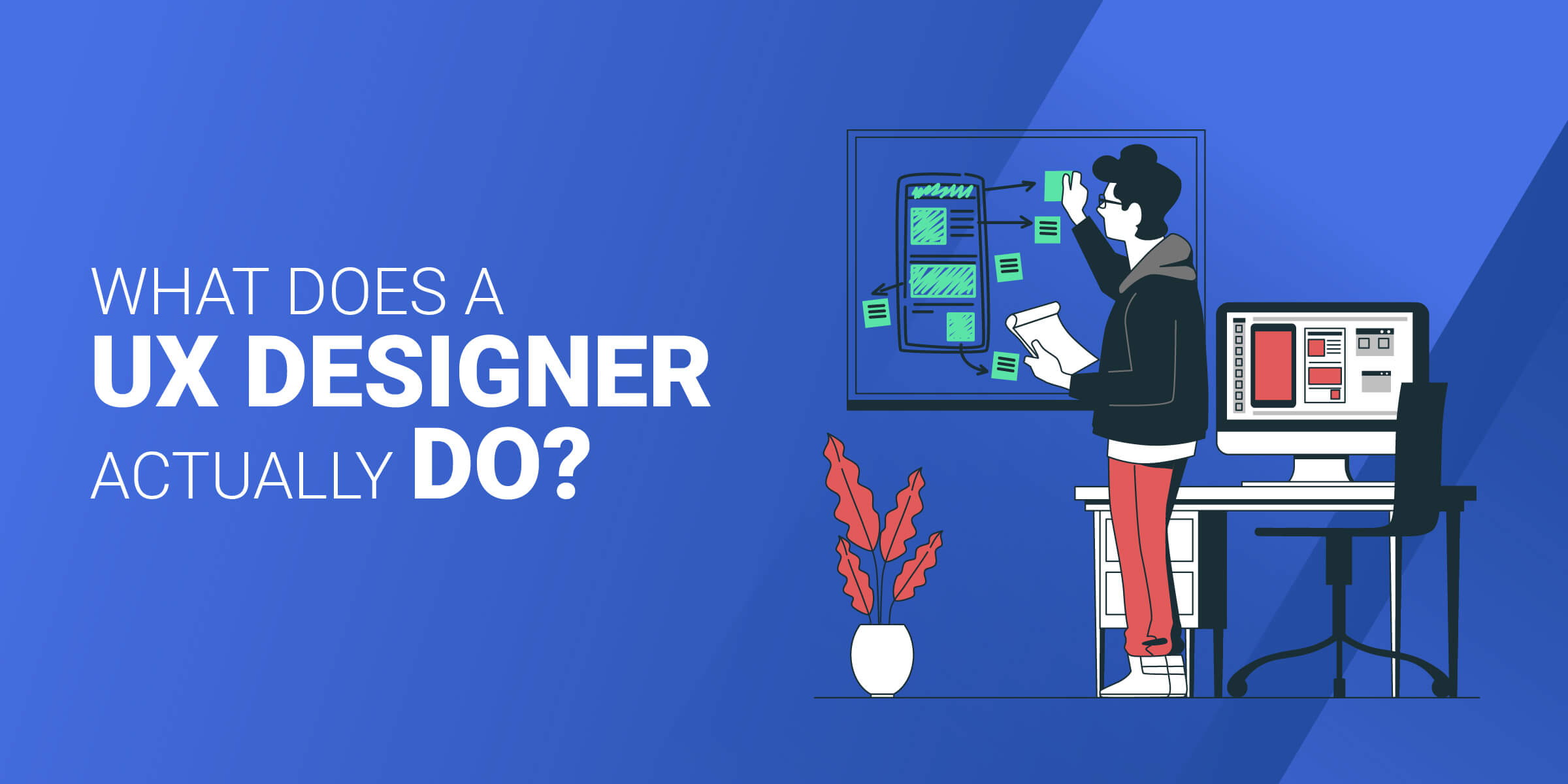Ever wondered, “What does a UX designer really do?” It's a question that sparks curiosity in the digital age. Is it just about aesthetics?
In essence, a UX designer enhances user satisfaction through usability and interaction. As Don Norman, a leading UX expert, highlighted, good design often goes unnoticed because it fits our needs seamlessly.
But there's more beneath the surface. Ready to delve deeper into the world of UX design?
We offer this website completely free to our visitors. To help pay the bills, we’ll often (but not always) set up affiliate relationships with the top providers after selecting our favorites. However, we do our best not to let this impact our choices. There are plenty of high-paying companies we’ve turned down because we didn’t like their product.
An added benefit of our relationships is that we always try to negotiate exclusive discounts for our visitors.
Why We Like Toptal
What Is a UX Designer?
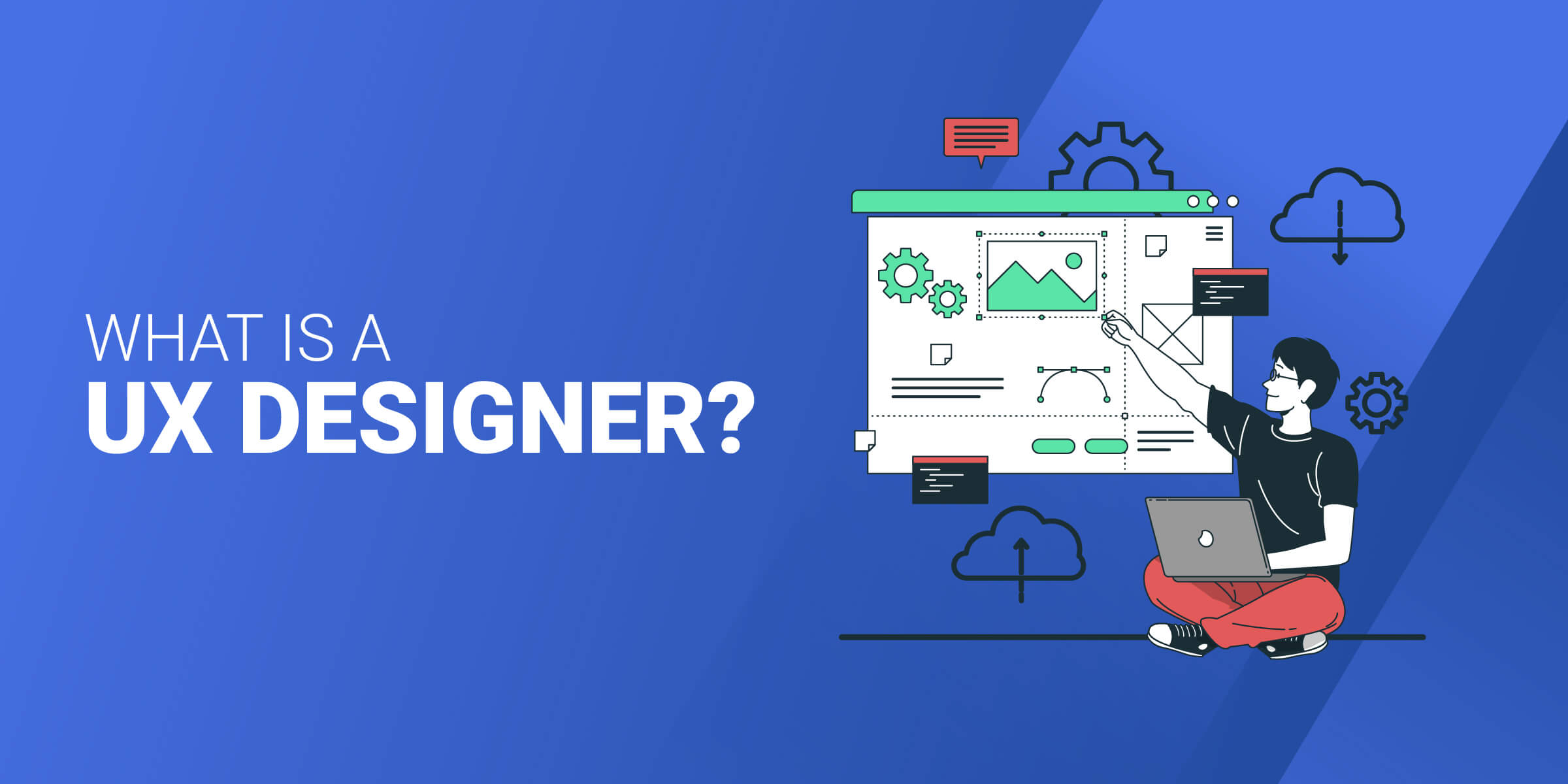

The primary role of a UX designer is to research the design of the product and ensure it provides the best possible experience. To do this, they must know the user background and the brand's needs.
Based on those factors, the UX designer can create a functional product that offers a great experience.
Examples of the deliverables that a UX designer creates include:
- User persona research
- Wireframes
- Mood board and sketch designers
- Usability testing
- Brand style guides
- Competition analysis reports
Looking for someone to bring UX designs to life? You may need a UX developer.
UX Design Specializations
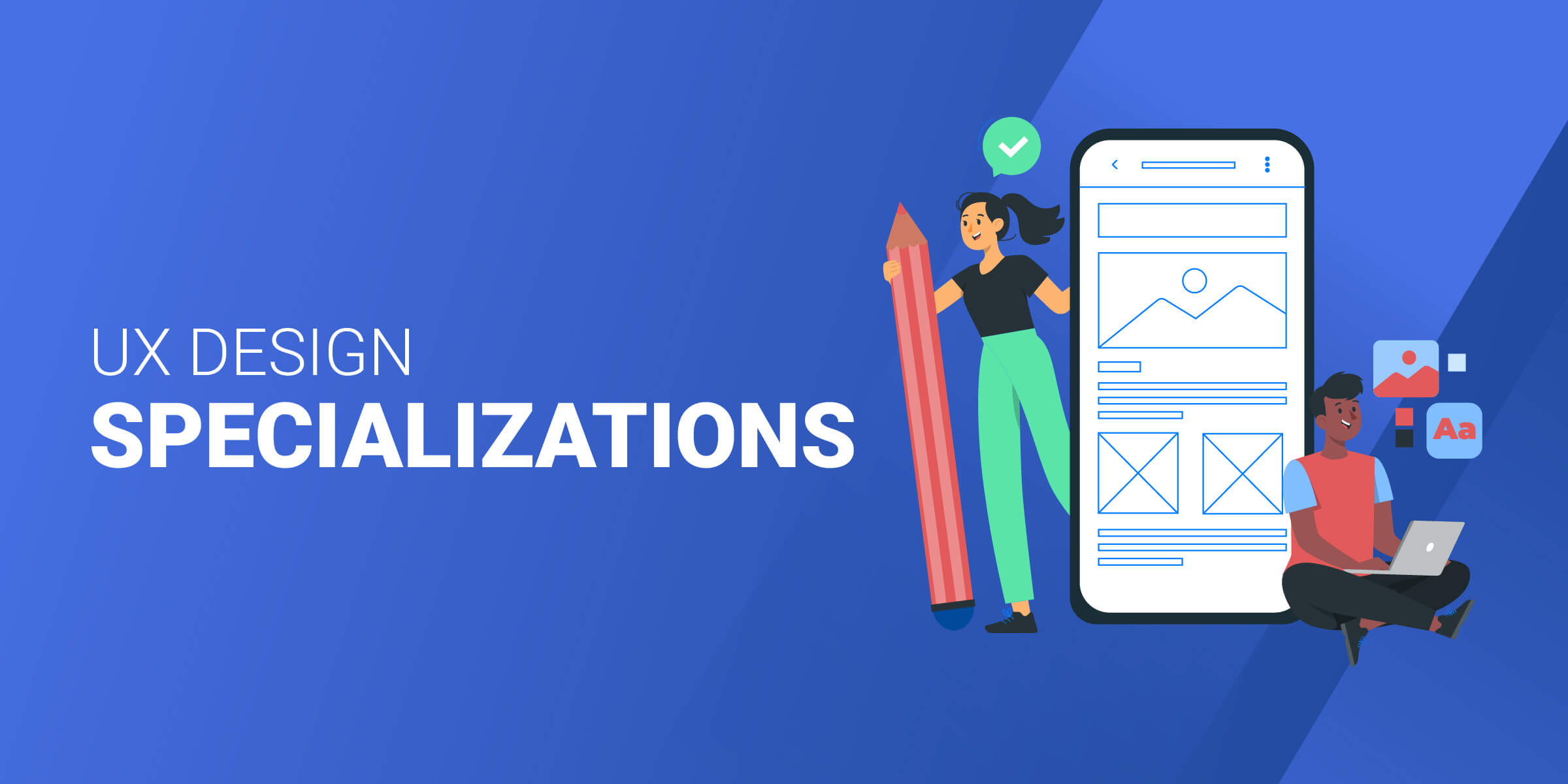

UX designers may specialize in some specific areas of the process. A few common UX design specializations include:
- Interaction Design: A specialization in creating engaging interfaces and defining how users interact with a product. Designers in this specialty create intuitive and user-centered interactive elements and workflows.
- Visual design: Visual Design emphasizes creating aesthetically pleasing and coherent designs. They leverage elements, including color, imagery, and typography, to enhance user experience.
- User research: User Research involves gathering insights into user needs, behaviors, and preferences. Designers leverage various methodologies to inform the design and development of user-centered solutions.
- Information Architecture: Information Architecture focuses on organizing content and information in a clear and user-friendly way. It’s all about ensuring intuitive navigation and efficient user experiences.
Responsibilities of a UX Designer


UX Designers handle product development, including usability, design, and function. They may even help with branding and help the business evaluate new opportunities.
Given this large scope of work, UX designers may have different roles within a company. A few core aspects of UX design include:
User Research
UX design is a research-heavy field. To create an effective, enjoyable design, you must know the needs of the individual users.
Therefore, UX designers must dedicate themselves to researching the user’s motivations, needs, and behavior. They must also evaluate opportunities in the market for new solutions.
Some methods designers use for research are:
- Surveys
- User interviews
- Focus groups
- Product research
Persona Development
Another critical aspect of the job is to develop user personas. Based on the findings from their user research, UX designers identify patterns and similarities.
They then use this information to construct personas of potential users. The personas include demographic details, needs, motivations, and any other critical considerations. It’s all about defining who the organization is building a product for.
Information Architecture
A UX designer is responsible for creating a structured layout of information, known as Information Architecture (IA). They organize content and data logically, efficiently, and cohesively, facilitating smooth navigation and enhancing user experience.
This role involves creating sitemaps, categorizing content, and developing user-centric navigation paths.
Wireframing
Wireframing is a crucial responsibility of a UX designer. It involves creating a skeletal, visual guide of a project, representing the structural arrangement of elements. Wireframes illustrate the page's basic design, element placement, and navigation.
They allow for feedback and revisions before the development phase, ensuring a user-friendly interface.
Prototyping
A UX designer builds prototypes and interactive mockups of the final product. Prototypes enable stakeholders to visualize the product before it’s built. With prototypes, designers can experiment with ideas, test functionality, and receive feedback early.
User Testing
User testing is integral for UX designers. It involves evaluating a product by having potential users perform tasks and observing their interactions and experiences. The designer identifies pain points and assesses usability.
They then refine the design based on feedback to create an intuitive, user-friendly product.
Skills of a UX Designer
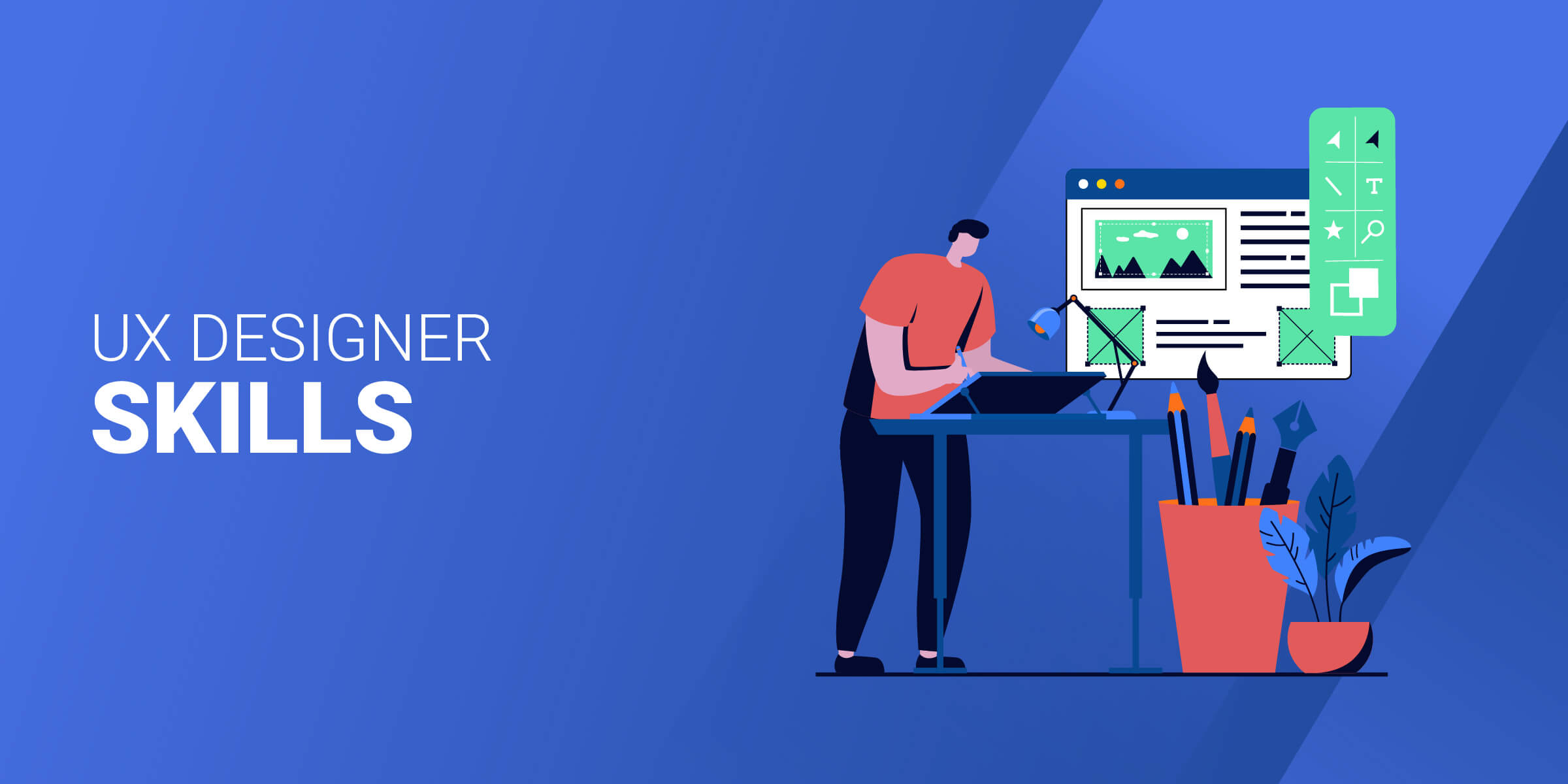

There are some critical skills that a UX designer should have, including both technical skills and personal characteristics. Some of the top skills to seek in a UX designer include:
Hard Skills
When hiring a UX designer, look for the following hard skills that are crucial for performing various aspects of the job effectively:
- User Research: Designers must know how to conduct comprehensive user research, to understand user needs, behaviors, and motivations.
- Visual Design: Strong visual design skills are vital to create aesthetically pleasing and effective designs. These critical design skills include a good understanding of color theory, typography, and composition.
- Graphic Design: Proficiency in using graphic design tools such as Adobe Creative Suite (Photoshop, Illustrator) or Sketch are essential to create visual elements.
- Coding: Designers need a basic understanding of front-end development languages such as HTML, CSS, and JavaScript. Basic coding knowledge is beneficial to communicate effectively with developers and understand constraints.
- UX Writing: They also must write clear, concise, and user-friendly copy to enhance the user experience.
- Responsive Design: Responsive design skills are vital for designing interfaces that work seamlessly across a variety of devices and screen sizes. They ensure accessibility and a good user experience on all platforms.
- Usability Testing: Designers must demonstrate competence in planning, conducting, and analyzing usability tests. They need to know how to evaluate design effectiveness and make necessary improvements.
Soft Skills
Soft skills are critical for UX designers as they often work in interdisciplinary teams and need to understand and advocate for the user’s needs. Here are some important soft skills to look for in a UX designer:
- Communication Skills: They must clearly and concisely articulate design decisions. They also must have the ability to listen actively to collaborate effectively with team members and stakeholders.
- Adaptability: Be open to change and able to adjust strategies when facing new challenges, feedback, or shifting project requirements.
- Time Management: Efficiently prioritizing and organizing tasks to manage time effectively and meet deadlines. Proper time management is essential in the fast-paced environment of UX design.
- Attention to Detail: Designers must possess a keen eye for the subtleties of design. They need attention to detail to refine user interfaces and ensure the delivery of polished, user-friendly products.
- Openness to Feedback: Willingness to receive and act on feedback positively is crucial for continuous learning and improvement in the design process.
- Problem-Solving: They must showcase the capacity to analyze problems, generate feasible solutions, and make decisions to enhance the overall user experience.
UX Design Process


There are a few key steps in the UX design process to note, including:
Research
In the Research phase, UX designers gather insights about user needs, behaviors, and preferences. They leverage methods like surveys, interviews, and analytics reviews. This phase is crucial for understanding the user's context, pain points, motivations, and goals. All of these must inform the design and development of user-centered solutions.
Design
During the Design phase, designers create wireframes, prototypes, and visual designs based on insights gathered previously. The goal is to develop intuitive, user-friendly interfaces that effectively solve users' problems and enhance the overall user experience. To do this, they focus on information architecture, interaction design, and visual aesthetics.
Implementation
The Implementation phase involves the development of the final product based on the approved design. Designers collaborate with developers to ensure the design is faithfully translated into the final product. They address any usability and accessibility concerns and ensure a seamless user experience.
Evaluation
During the Evaluation phase, they assess the product against user needs and project goals. Designers collect user feedback through usability testing. They also analyze user interactions and performance metrics to identify areas for improvement. The purpose is to ensure the product meets user expectations and continually enhances user satisfaction.
If it does not, then they will suggest and implement changes to improve the user experience.
Signs You Need a UX Designer
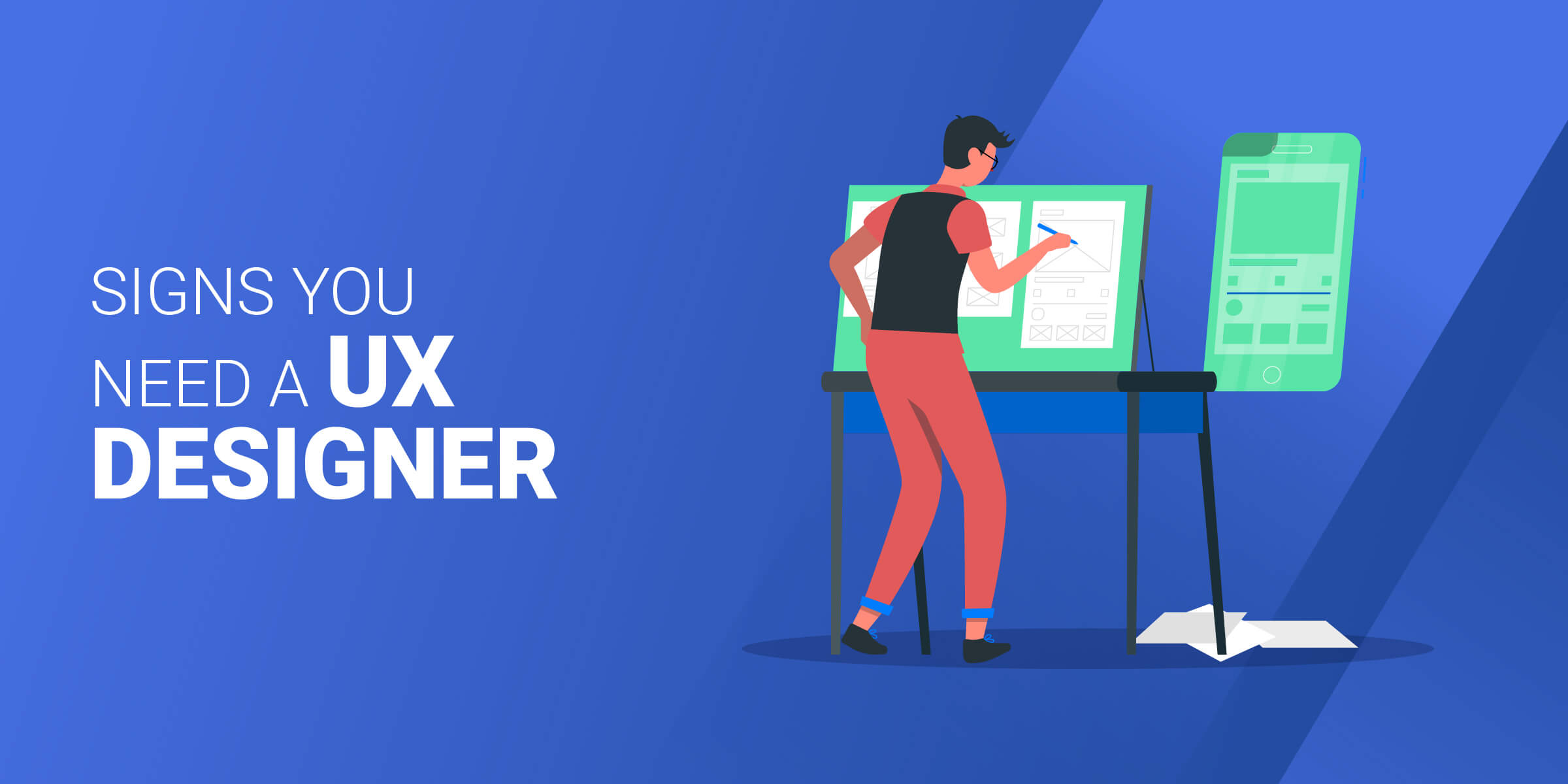

It’s not practical to handle all aspects of your business, including product design, alone. That’s why a UX designer can be so valuable. But how do you really know if you need one?
For an expert visionary who crafts a long-term UX plan, consider a UX Strategist!
Here are some of the top signs to hire a UX designer:
Poor User Engagement
If your product experiences low user engagement, high bounce rates, or users abandoning tasks mid-way, it’s a glaring sign that your user experience needs improvement. A UX designer analyzes user behavior, identifies pain points, and redesigns the interface to make it more user-friendly.
Declining Conversion Rates
If your website, app, or product is experiencing declining conversion rates, it might be due to a poor user experience. A UX designer can optimize the user journey, streamline navigation, and improve call-to-actions to enhance conversions.
Lack of Design Consistency
Inconsistent design elements, styles, and interactions can confuse users and lead to a disjointed user experience. Hiring a UX designer ensures design consistency across different sections and elements of your product, creating a cohesive and harmonious user experience.
How Much Does a UX Designer Cost?


The cost of UX designer services will vary based on the amount/ type of work, expertise you seek, etc.
In general, newer and less experienced designers may charge around $25 per hour. But more experienced ones will charge between $70 to $200 per hour.
Best Place to Find a UX Designer
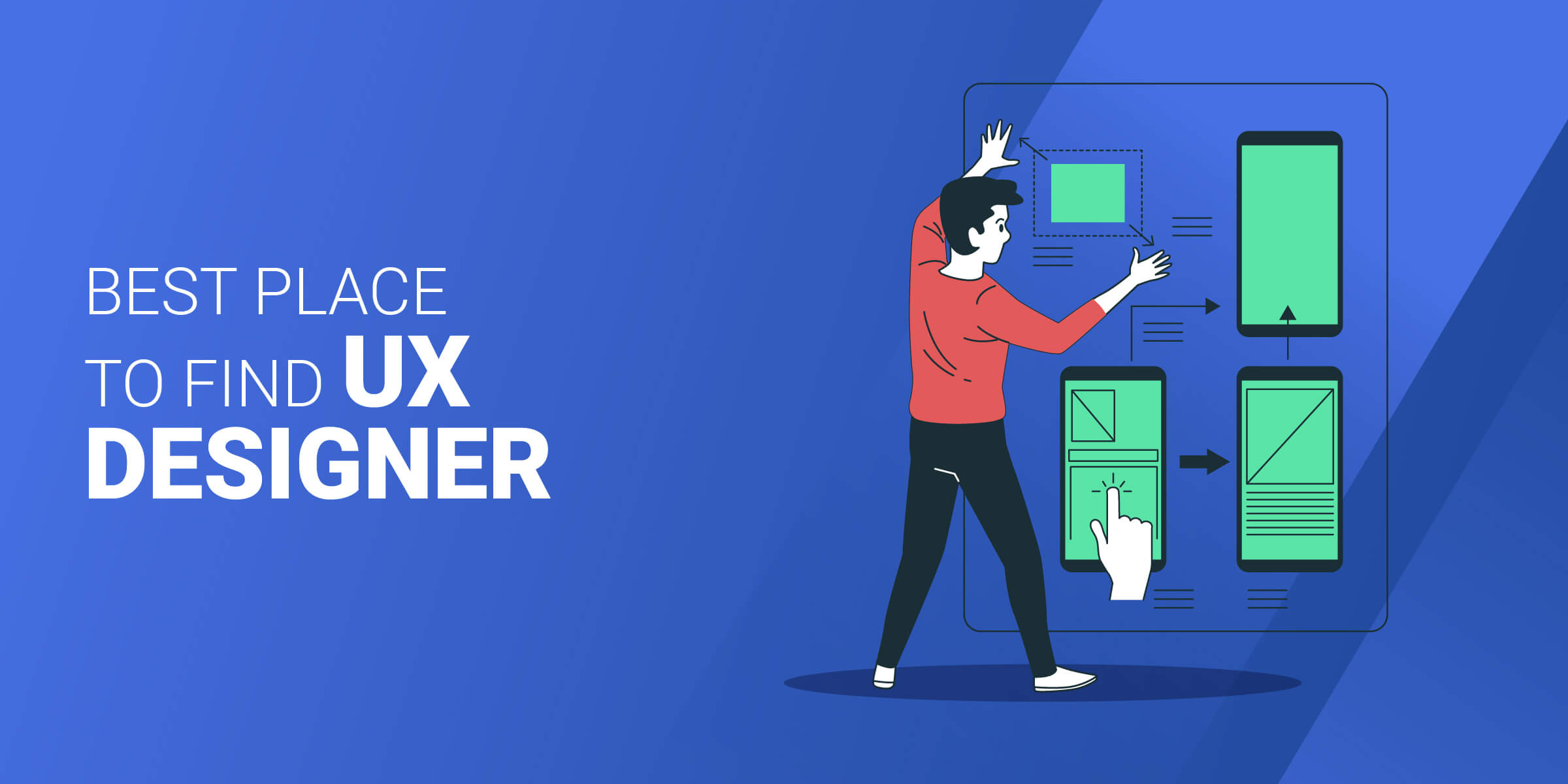

Toptal is the best website for hiring freelance UX designers if you’re looking for the top UX talent.
They only accept the top 3% of applicants, ensuring you get access to well-vetted and highly skilled professionals. Access a community of high-level UX designers to handle a design project or serve as a long-term design partner.
Why We Like Toptal
- Top Talent: Get access to elite, pre-screened candidates (only accepts the top 3%)
- Flexibility: Ideal for long-term or shorter-term specialty projects
- 14-Day Risk-Free Trial: Only get billed if you're satisfied
Frequently Asked Questions
What does a UX designer do?
A UX designer enhances user satisfaction by improving the usability, accessibility, and experience between the user and the product. They conduct research, create design concepts, test prototypes, and optimize designs based on user feedback and needs.
When do I need a UX designer?
You need a UX designer when you want to develop or improve a product for user needs. They can help you overcome issues, including poor user engagement, negative feedback, declining conversion rates, complex navigation, or lack of design consistency.
What does “UX” stand for?
“UX” stands for User Experience. It represents the overall experience and satisfaction a user has when interacting with a product or service. They consider usability, accessibility, and efficiency.
How much does it cost to hire a UX designer?
The cost to hire a UX designer ranges from $30 to $200 per hour for freelancers and a salary range between $60,000 and $120,000 per year for full-time positions.
Is a UX designer worth hiring?
A UX designer is absolutely worth hiring because they create user-centric products to meet user needs and expectations. They can significantly improve user satisfaction, engagement, and conversion rates, positively impacting overall success.














